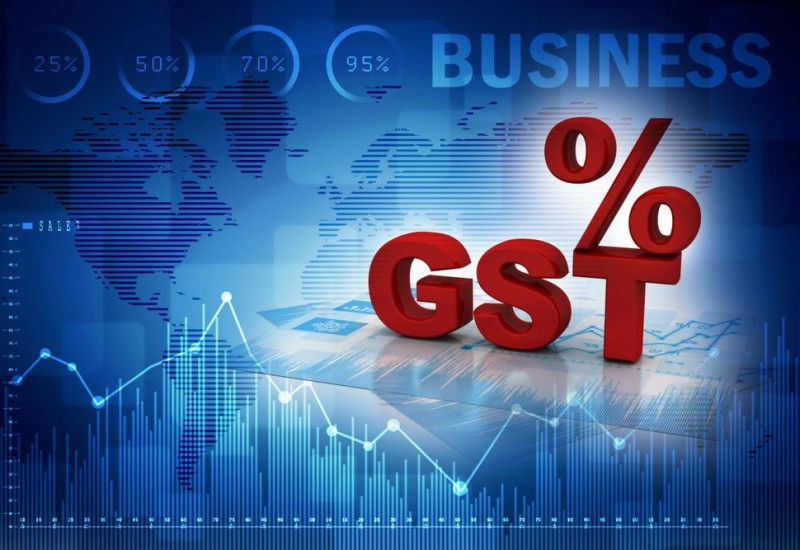
How GST Impacts Small Businesses: A Comprehensive Guide
The Goods and Services Tax (GST), a comprehensive indirect tax imposed on the supply of goods and services, has replaced many complex taxes like VAT, excise duty, and service tax. It aims to simplify the tax structure, eliminate cascading effects, and promote seamless inter-state trade.
The impact of GST on small businesses has been transformative, prompting them to revise their operational strategies and financial approaches. This article sheds light on how this tax system influences their operations and growth.
So, Who Exactly is Required to Register for GST?
Business entities with an annual turnover exceeding a certain threshold must register for GST. The threshold for services is Rs. 20 lakhs, and for goods, it's Rs. 40 lakhs. For special category states, the limit is Rs. 20 lakhs.
However, there is an exception for special category states. In special category states, including Arunachal Pradesh, Assam, Jammu and Kashmir, Manipur, Meghalaya, Mizoram, Nagaland, Sikkim, Tripura, and Himachal Pradesh, the threshold for both goods and services is set at Rs. 20 lakhs. This means that businesses operating in these states must register for GST if their annual turnover exceeds Rs. 20 lakhs, regardless of whether they deal with goods or services.
This inclusive approach seeks to encompass all businesses under a uniform tax structure, fostering transparency and a level playing field.
GST's Impact on Small Businesses
Small businesses are the backbone of an economy as they provide jobs and goods to their communities. The advent of GST has had both positive and negative impacts on these enterprises.
Positive Impact
1. Streamlined Process for Launching New Businesses
Prior to GST, launching a business involved registering for VAT with each state's sales tax department, resulting in multiple procedural fees and different tax rules for each state. With GST, the registration process is centralised, making it less tedious and more efficient.
Online registration and GSTR filing have greatly simplified the procedure, facilitating business start-ups and inter-state expansion.
2. Reduced Logistics Costs
GST has positively impacted small businesses by reducing logistics costs. With the introduction of a combined tax called IGST, border and check-post taxes have been eliminated, diminishing the significance of state boundaries under the GST regime.
This change has facilitated interstate business, expedited the movement of goods, and lowered corporate maintenance expenses.
3. Simplified Taxation Process
GST has unified the tax system, promoting consistency in procedures, regulations, and tax rates. It has abolished the cascading tax effect, allowing businesses to submit one return instead of multiple ones, simplifying the taxation process. The GSTN portal has made filing and paying taxes smoother and more efficient, reducing the number of tax authorities to deal with.
4. Increased Thresholds for New Businesses
Under GST, businesses with an annual turnover of less than Rs.20 lakh (Rs.10 lakh in North Eastern states) do not have to register or pay.
Businesses with a turnover between Rs.20 lack -Rs.1.5 Cr can benefit from the GST composition scheme, reducing their tax obligations and stimulating more entrepreneurship.
Negative Impact
1. Multiple Registrations for Pan-India Businesses
Under GST, businesses operating in multiple states need to register online for GST in every state involved in their sales process.
The entire registration procedure is online, which could be challenging for small business owners not accustomed to digital operations.
2. Frequent GST Return Filings
Small businesses must file different types of GST returns, including GSTR-1, GSTR-3B, and GSTR-4, either monthly, quarterly, or annually depending on the nature of the business.
For instance, GSTR-1, a monthly return for outbound purchases, must be submitted on or before the 11th of every month if the company has a total annual income of more than Rs. 5 crores or if they have not participated in the QRMP scheme.
GSTR-3B, a simplified monthly summary return, must be submitted from the 14th to 20th of the following month, respectively. Small taxpayers with a revenue of up to Rs 1.5 Crores who have opted for the Composition Scheme submit GSTR-4, a quarterly return. (The following businesses cannot opt for the composition scheme: - Manufacturers of ice-cream, pan masala, or tobacco, Businesses making inter-state supplies, Businesses registered as a casual taxable person or a non-resident taxable person, Businesses supplying goods through an e-commerce operator
3. Increased Compliance Burden
Due to the frequent filing of GST returns, small businesses face an increased compliance burden.
Each return must include detailed information on sales, purchases, and taxes paid, which could be a time-consuming process for smaller businesses.
Final Words
GST has brought about significant changes in the way small businesses operate in India. While there are challenges, there are also opportunities for growth and development.
As small businesses adapt to the new tax regime, they stand to gain from the simplified, unified tax structure that GST offers.
This new era of taxation brings opportunities for small businesses to thrive and contribute to the growth of the Indian economy.
It's crucial for small businesses to understand the implications of GST and strategise accordingly to leverage its benefits.